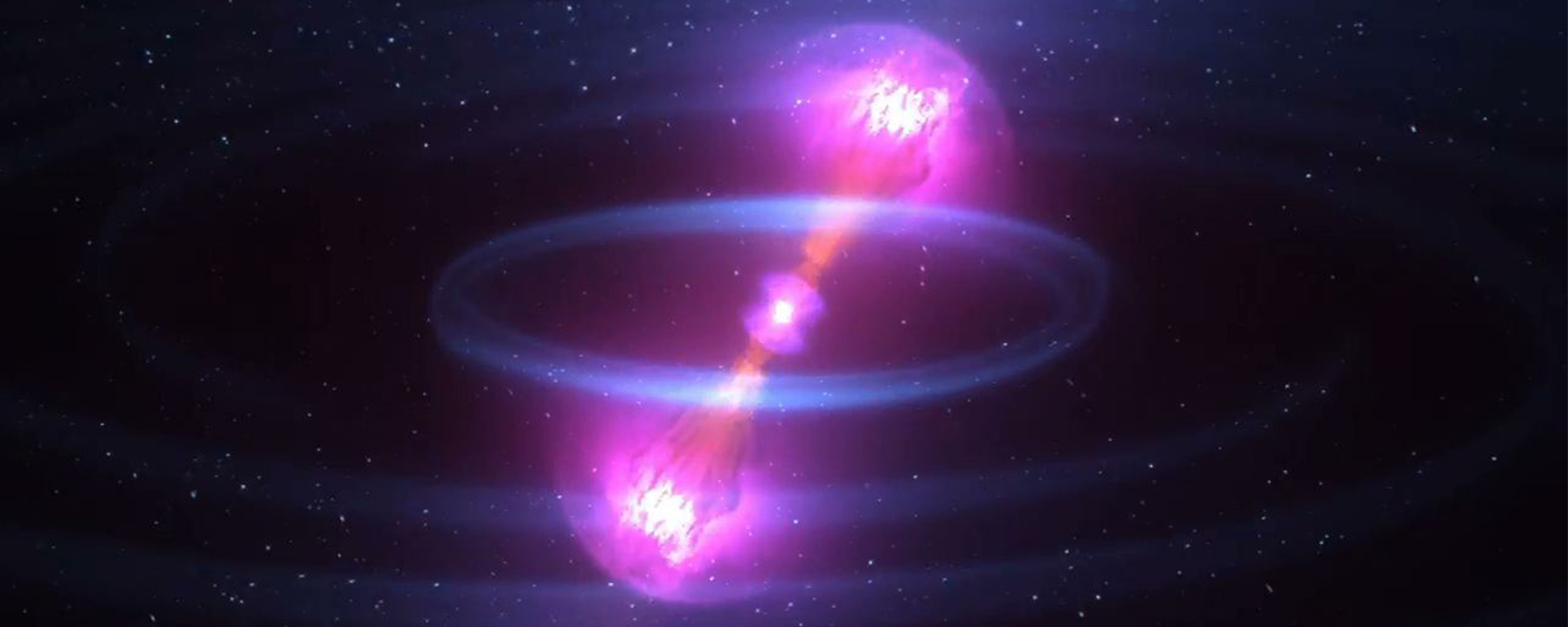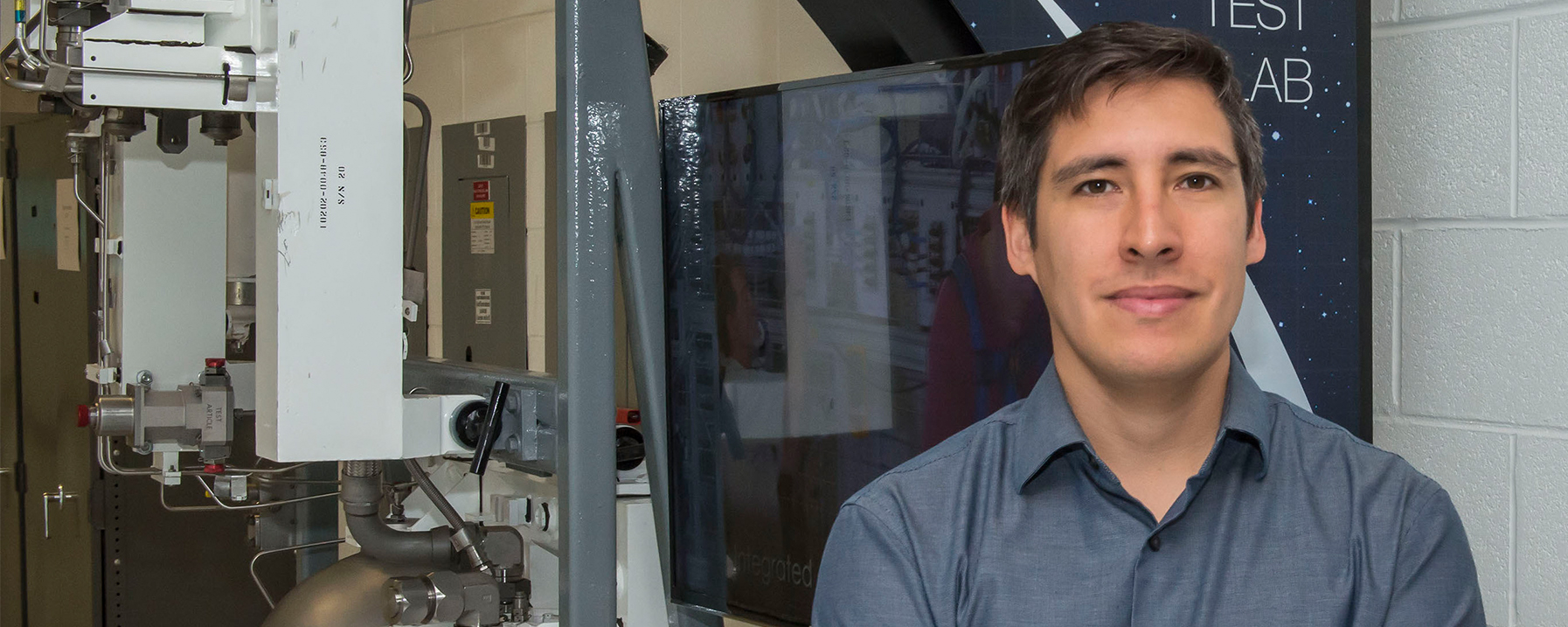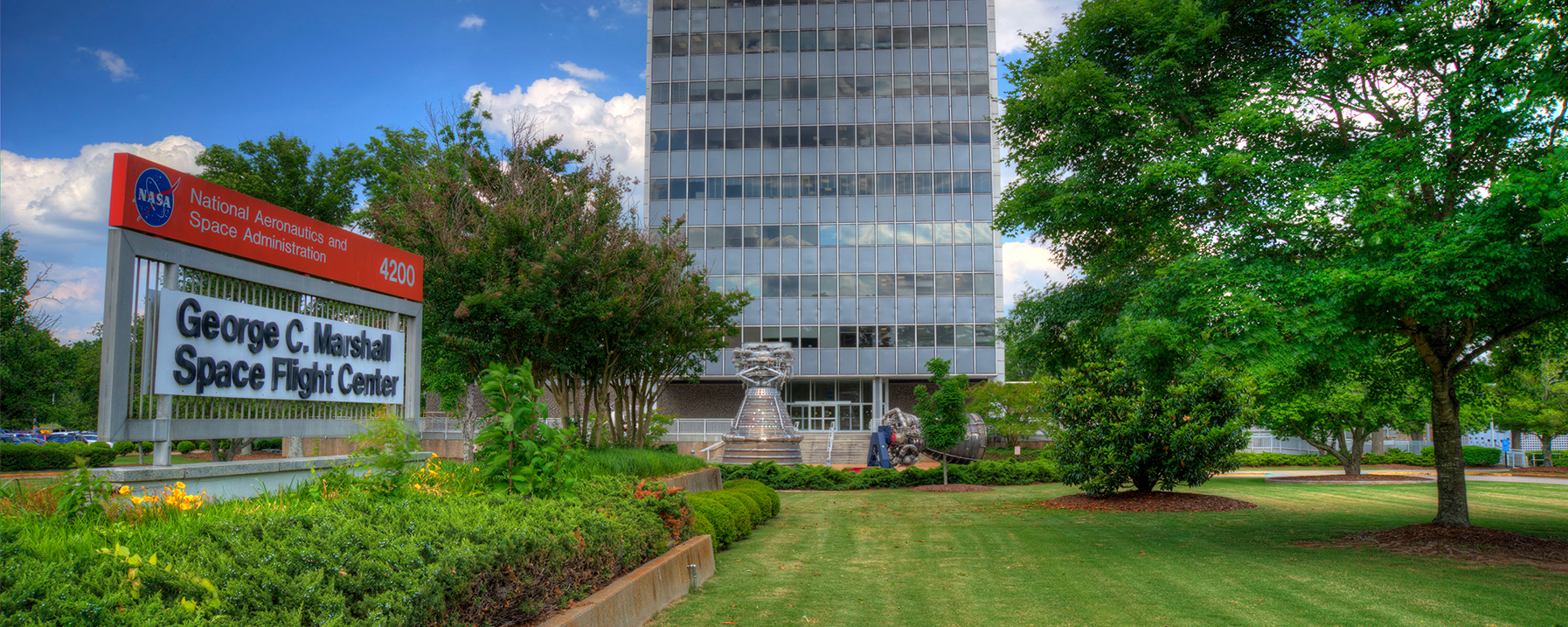NASA Missions Catch First Light from a Gravitational-Wave Event
This week, NASA announced that for the first time scientists have detected light tied to a gravitational-wave event. The Gamma-ray Burst Monitor on NASA’s Fermi Gamma-ray Space Telescope picked up a pulse of high-energy light from a powerful explosion from two merging neutron stars, then scientists reported that the Laser Interferometer Gravitational-wave Observatory had detected gravitational waves just 1.7 seconds prior. NASA’s Chandra X-ray Observatory and many other NASA missions also captured the aftermath of the stellar collision.
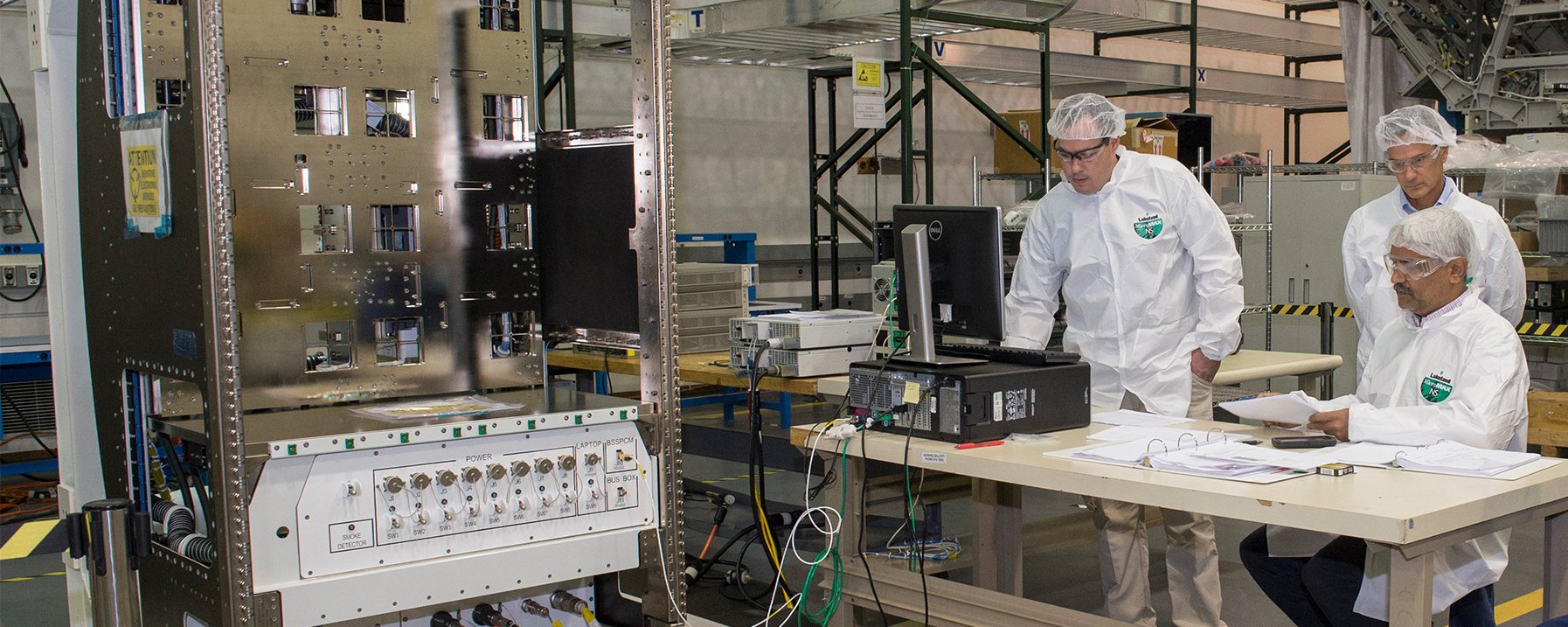
NASA Develops and Tests New Housing for In-Orbit Science Payloads
With an increase in science investigations and more demand for exploration technology development payloads on the International Space Station, engineers at NASA’s Marshall Space Flight Center have developed and are currently testing new shelving units — EXPRESS Racks — to expand research capabilities in orbit.
Marshall Engineer Leonardo Barreda Helps Steer SLS on the Right Path
Leonardo Barreda, born in El Paso, Texas, and raised in Juarez, Mexico, always wanted to work on complex engineering problems, so it’s no surprise that he ended up working on a key part of NASA’s new deep-space rocket, the Space Launch System.
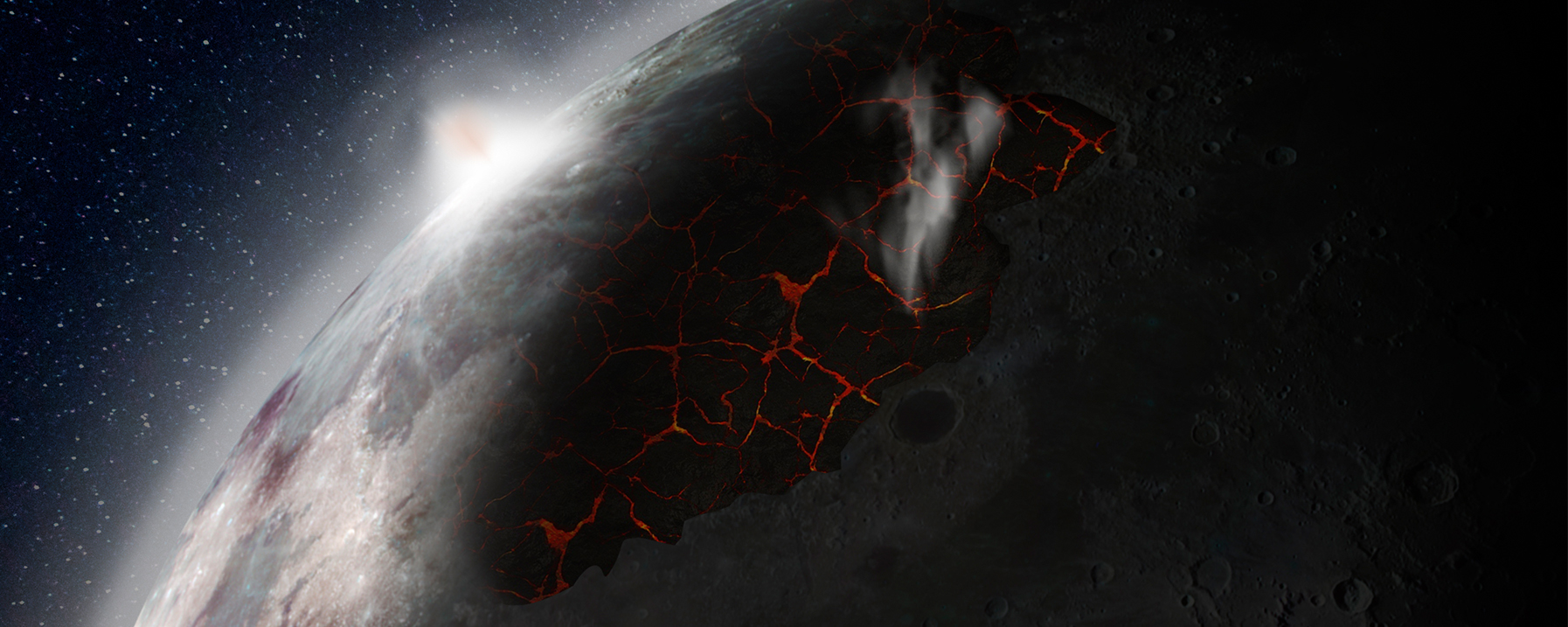
Ancient Lunar Atmosphere Possible Source of Water on the Moon
Research completed by Marshall planetary volcanologist Debra Needham suggests that an ancient lunar atmosphere, thicker than the atmosphere of Mars today, was likely capable of weathering rocks and producing windstorms. Perhaps even more importantly, it could be a source for some, if not all, of the water detected on the Moon.
NASA to Host 10th Annual Wernher von Braun Memorial Symposium Oct. 25-26
Media are invited to the 10th Annual Wernher von Braun Memorial Symposium, Oct. 25-26, at the University of Alabama in Huntsville. This year’s theme, “Gateways in Space: Exploration, Security and Commerce,” will focus on benefits, challenges and opportunities in advancing space activities, and highlight recent progress in science, engineering and technology.
For more information or to learn about other happenings at NASA’s Marshall Space Flight Center, visit NASA Marshall. For past issues of the ICYMI newsletter, click here.

























